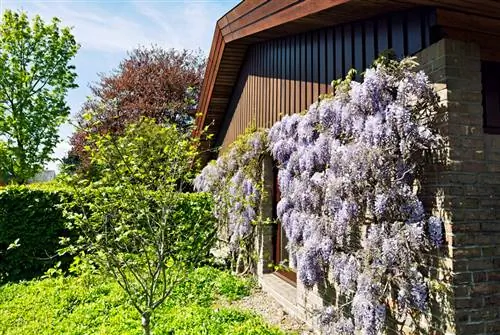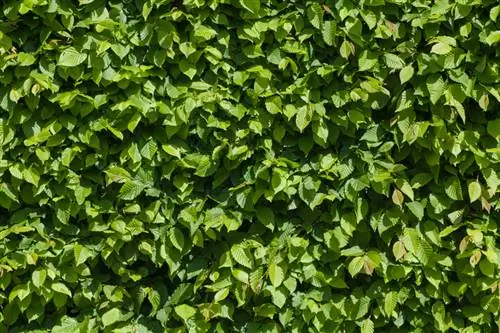- Author admin [email protected].
- Public 2023-12-16 16:46.
- Last modified 2025-01-23 11:20.
In contrast to copper beeches, hornbeams are not particularly demanding when it comes to their location. They grow wherever they find enough moisture and nutrients.

Where can a hornbeam grow best?
The ideal location for a hornbeam is not too dry and not too moist, it can even thrive in the shade. The hornbeam is robust and can grow on slopes or under tall deciduous trees; it even survives short-term flooding.
The right location for a hornbeam
A good place for a hornbeam is not too dry but not too moist either. The hornbeam does not need as much light as other deciduous trees. If necessary, it also thrives in the shade. In nature, hornbeams often grow under tall deciduous trees.
You can even plant a hornbeam or a hornbeam hedge on slopes. Thanks to its deep heart roots, it is very stable and supplies itself with water and nutrients as soon as it has been growing in its location for a few years.
Hornbeams are so robust that they can even survive short-term flooding. Only complete dryness doesn't work for them.
Tip
Hornbeams have the hardest wood in Europe and are therefore also called stone beech trees. They were therefore previously used in vehicle construction and for handicraft tools.






